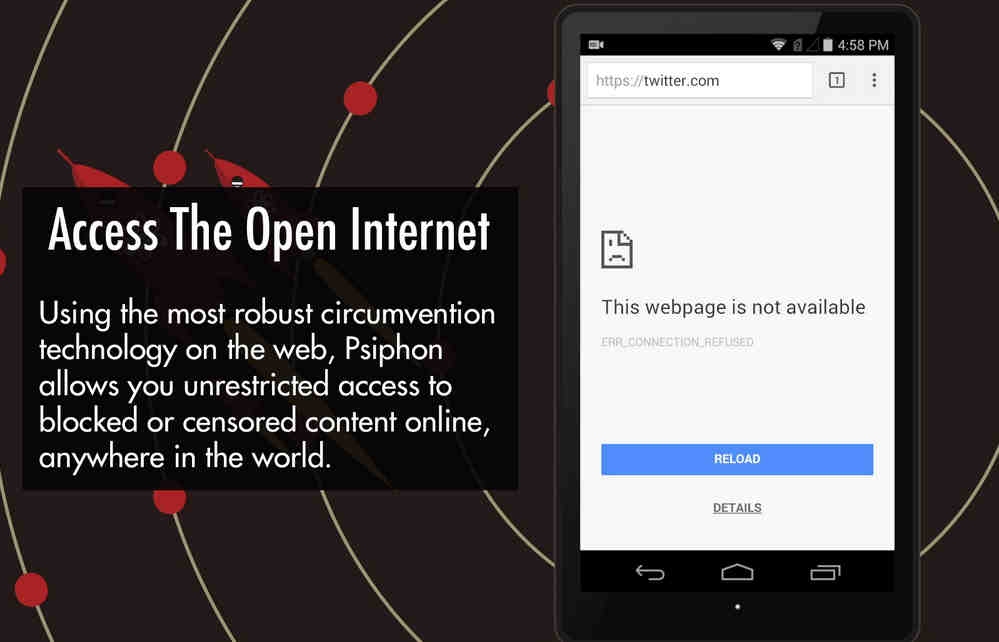

Īlthough the protests have not been as deadly as those in 2019 (when more than 1,500 were killed), they have been "nationwide, spread across social classes, universities, the streets schools", and called the "biggest challenge" to the government of Iran since the Islamic Revolution in 1979. As the protests spread from Amini's hometown of Saqqez to other cities in the Iranian Kurdistan and throughout Iran, the government responded with widespread Internet blackouts, nationwide restrictions on social media usage, tear gas and gunfire. According to eyewitnesses, she had been severely beaten by Guidance Patrol officers, an assertion denied by Iranian authorities. Amini had been arrested by the Guidance Patrol for allegedly violating Iran's mandatory hijab law by wearing her hijab "improperly" while visiting Tehran from Saqqez.

Ĭivil unrest and protests against the government of Iran associated with the death in police custody of Mahsa Amini ( Persian: مهسا امینی) began on 16 September 2022 and are ongoing as of March 2023. Īs of 4 November 2022, over 14,000 were arrested throughout 134 cities and towns, and at 132 universities (HRANA). More than 300 protesters killed, including more than 30 minors, in 25 out of 31 provinces ( United Nations), as of 22 November 2022 Ģ00 killed (state media) as of 3 December 2022 Ĩ98+ as of 26 September 2022 Īs many as 19,262 ( HRANA, as of 6 January 2023). At least 488 protesters including 64 minors killed ( Iran Human Rights) as of 27 January 2023 ĥ17 protesters including 70 minors killed, as well as 68 security force members ( HRANA), as of 6 January 2023


 0 kommentar(er)
0 kommentar(er)
